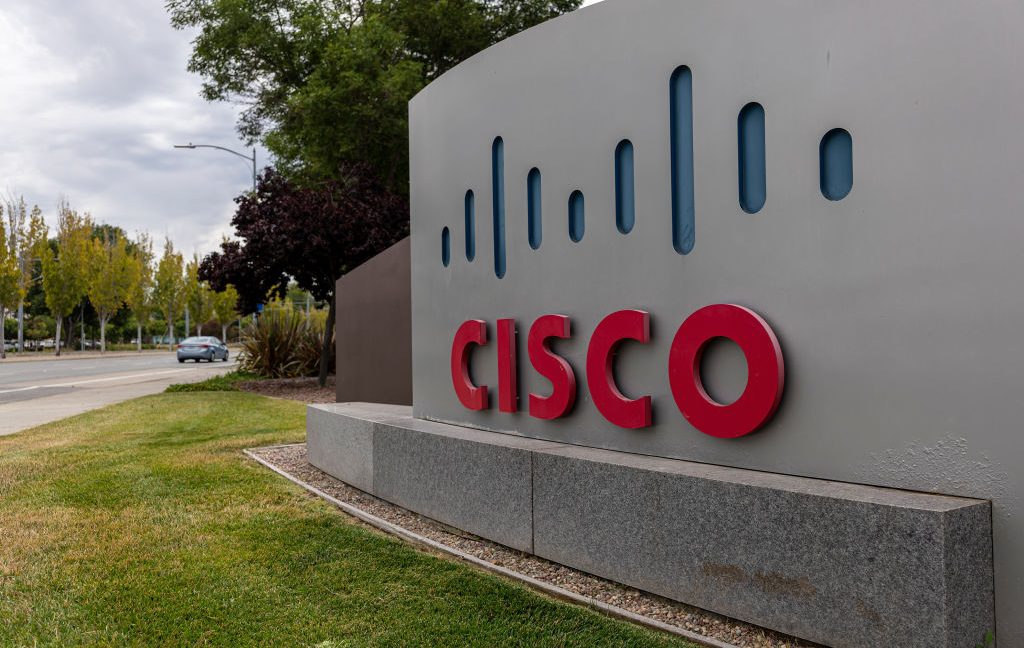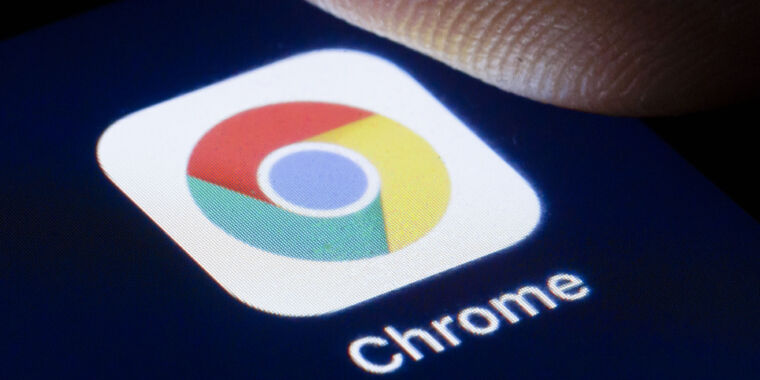Two Windows vulnerabilities, one a 0-day, are under active exploitation
Two Windows vulnerabilities—one a zero-day that has been known to attackers since 2017 and the other a critical flaw that Microsoft initially tried and failed to patch recently—are under active exploitation in widespread attacks targeting a swath of the Internet, researchers say.
The zero-day went undiscovered until March, when security firm Trend Micro said it had been under active exploitation since 2017, by as many as 11 separate advanced persistent threats (APTs). These APT groups, often with ties to nation-states, relentlessly attack specific individuals or groups of interest. Trend Micro went on to say that the groups were exploiting the vulnerability, then tracked as ZDI-CAN-25373, to install various known post-exploitation payloads on infrastructure located in nearly 60 countries, with the US, Canada, Russia, and Korea being the most common.
A large-scale, coordinated operation
Seven months later, Microsoft still hasn’t patched the vulnerability, which stems from a bug in the Windows Shortcut binary format. The Windows component makes opening apps or accessing files easier and faster by allowing a single binary file to invoke them without having to navigate to their locations. In recent months, the ZDI-CAN-25373 tracking designation has been changed to CVE-2025-9491.
On Thursday, security firm Arctic Wolf reported that it observed a China-aligned threat group, tracked as UNC-6384, exploiting CVE-2025-9491 in attacks against various European nations. The final payload is a widely used remote access trojan known as PlugX. To better conceal the malware, the exploit keeps the binary file encrypted in the RC4 format until the final step in the attack.
“The breadth of targeting across multiple European nations within a condensed timeframe suggests either a large-scale coordinated intelligence collection operation or deployment of multiple parallel operational teams with shared tooling but independent targeting,” Arctic Wolf said. “The consistency in tradecraft across disparate targets indicates centralized tool development and operational security standards even if execution is distributed across multiple teams.”
Two Windows vulnerabilities, one a 0-day, are under active exploitation Read More »





